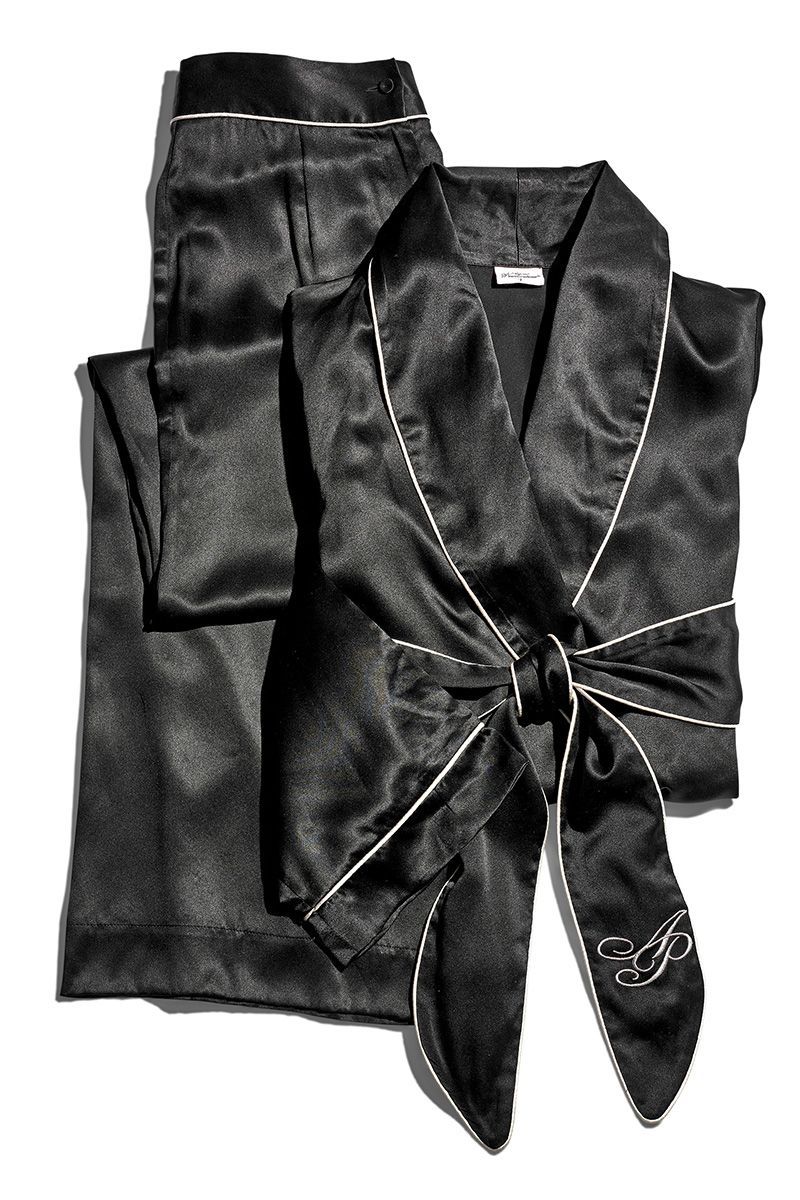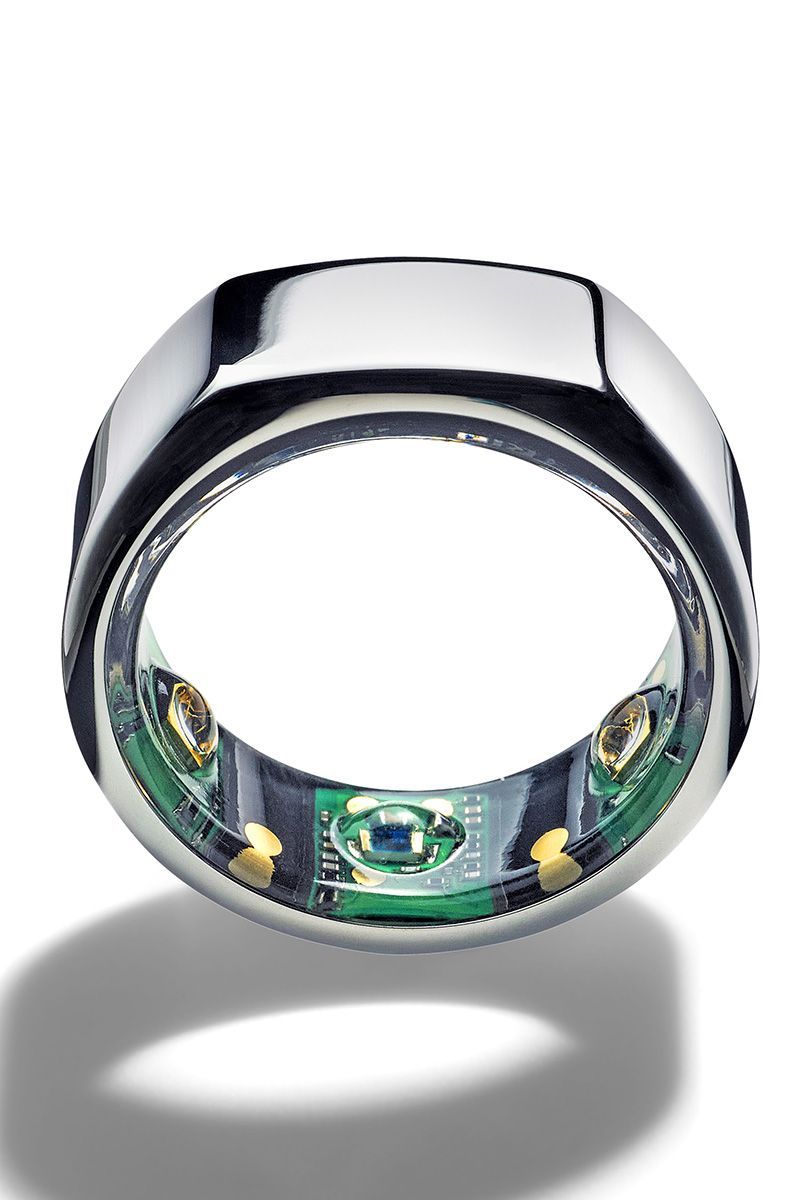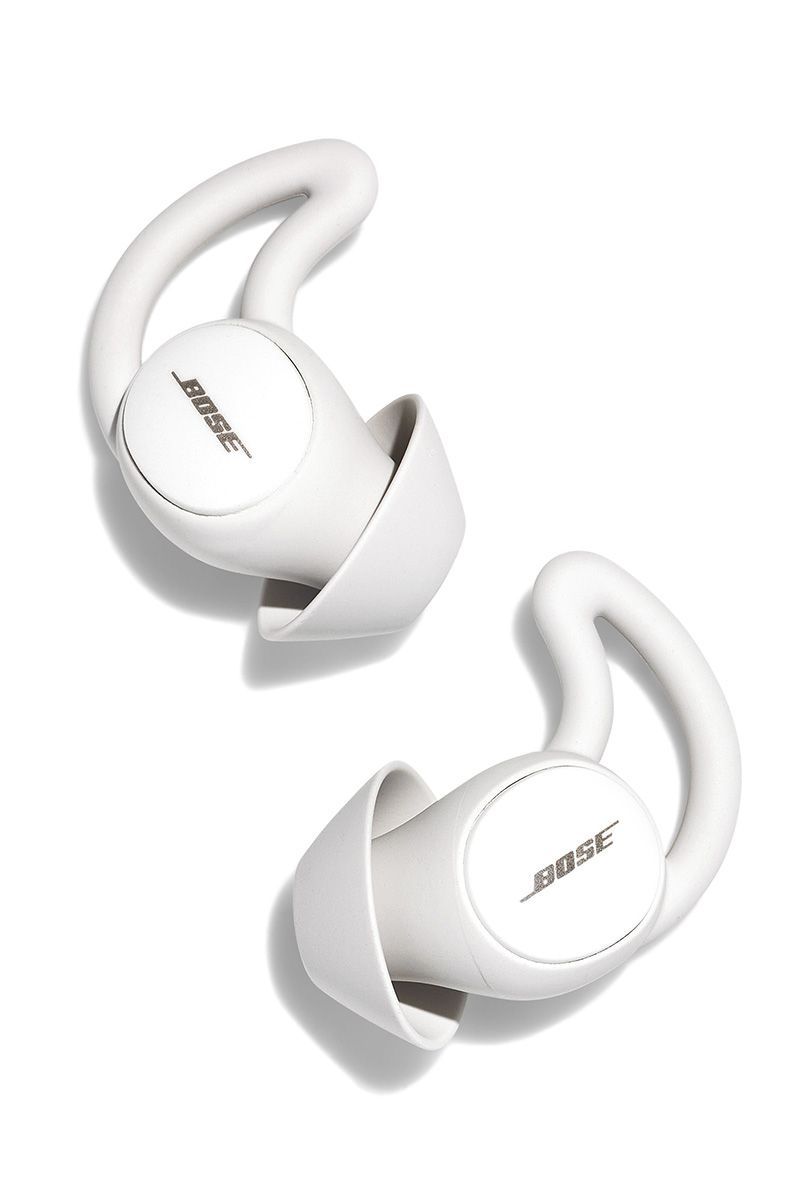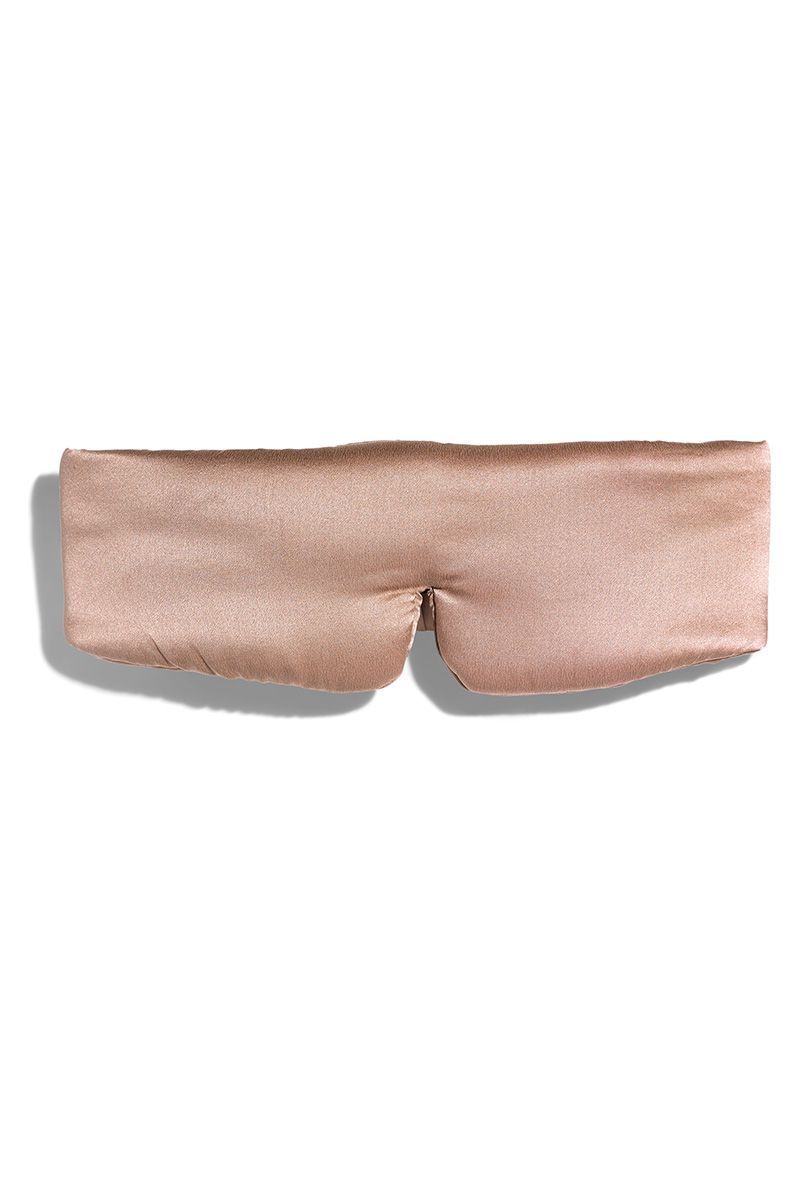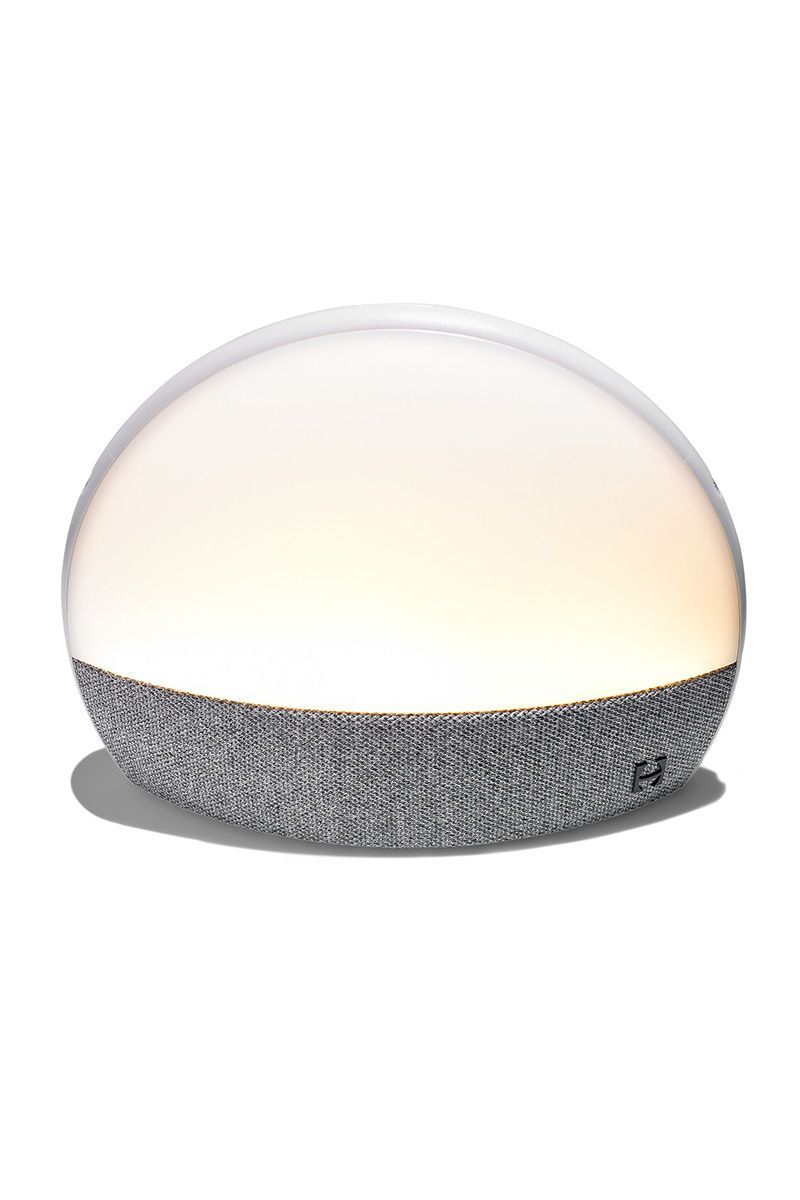Before COVID-19, the advice for getting a better sleep was simple: cut out the electronics before bedtime, and learn to love chamomile tea. But once the pandemic hit, we needed something stronger as our stress levels got higher. “With more people working from home for the first time ever, many are having difficulty figuring out where their workspace stops and their personal space starts,” says Michael Breus, a clinical psychologist in Los Angeles known as the Sleep Doctor. “If you’re not able to create clear delineations between the two, you’ll still be thinking about work when it’s time for rest.” We asked some of the world’s top docs how you can tweak both your day and evening routines for your best sleep ever.
AVOID WORKING IN BED
Your environment affects about 25 percent of your sleep quality, according to Breus. That explains why, when the line between the office and the bedroom blurs, many experience inadequate sleep. You need to set firm boundaries, says Charlene Gamaldo, M.D., a Baltimore-based neurologist and the medical director at the John Hopkins Sleep Disorders Center. “The bedroom should only be for sleep, sex, and sick days,” she says. If you start the workday under the covers, make your bed as soon as you get up so your bed is less likely to double as your workspace.
CUT BACK ON COFFEE AND ALCOHOL
“If you’re drinking coffee after 2 p.m., half of the caffeine is still in your system at 10 p.m.,” says Breus. So time your intake wisely. While having a nightcap might make you feel drowsy, “alcohol obliterates the deep stages of sleep.” Limit yourself to two drinks, stopping two hours before bed, and pair each drink with a glass of water.
FOLLOW THE 20/20/20 RULE
Breus advises his patients to divide the hour before bed into three 20-minute chunks. “Take the first 20 minutes to get ready for tomorrow like answering that last e-mail or picking out your outfit,” he says. “Use the second 20 minutes for hygiene, and then set aside the final 20 minutes to relax or meditate.” Relaxation right before bed lowers your heart rate and shifts your body from active to serene.
EMBRACE BROWN NOISE
“Since Covid-19, we’ve been feeling uneasy,” says Rafael Pelayo, M.D., a clinical professor at the Stanford Center for Sleep Sciences and Medicine and the author of How to Sleep. Inconsistent noises like a loud TV or a snoring partner can be unsettling. Just before bed, play a sound machine that emits brown noise. Low-frequency sounds, like a running river, are thought to be more conducive to sleep than white noise, such as radio static, and have been shown to help relax the mind, says Gamaldo. “Monotonous sounds have always been associated with safety,” Pelayo adds.
KEEP COOL
Preventing overheating is critical for falling asleep and staying asleep. New bedding can make all the difference. Look for cotton or Tencel fabrics, which are moisture-wicking and help maintain body temperature. “You still sweat when you sleep,” says Magda Rejman, global sleep and product trainer at Hästens Beds. “Natural materials absorb that moisture and transfer it away from the body, so you stay cooler throughout the night.” As for your thermostat, Pelayo says, the ideal temp for peak sleep is between 68 and 72 degrees Fahrenheit.
TWEAK YOUR TECH HABITS
We all know now that our screens can make it difficult to doze off. “The more blue light we are exposed to, the harder it is to fall asleep,” explains Rejman. “Electronics stimulate our brains instead of sending us into nighttime mode.” However, simply adjusting your tech or TV or habits can deceive you into relaxing. “If scrolling on TikTok or through your camera roll puts you in a good mood, then it far outweighs any blue light exposure,” Breus says. But if you find yourself doomscrolling, cut it out. “Any content before bed, whether it be a book or TV, should be an escape from the current climate,” advises Gamaldo.
LET THE LIGHT IN
While blackout shades can help you fall asleep more easily at bedtime, they also block out essential morning sunlight that signals your brain that it’s time to wake up. “We’re supposed to fall asleep to darkness and wake up to natural sunlight because our melatonin cycle is altered by light,” says Pelayo. Rather than relying on window shades, try using a silk eye mask. That way you can shield unwanted light at night and still get natural rays in the morning.
DON’T PLAY CATCH-UP
The truth is, you can’t make up for missed hours of rest. Pelayo considers seven and a half hours of sleep to be the magic number. “People can get by with less than seven hours but no more than nine,” he says. Any extra hours throw off your circadian rhythm and leave you feeling groggy. On days when you’re short on sleep, Breus recommends what he calls a “nap-a-latte”: Drink a six-ounce black coffee immediately before a 20-minute nap, which is about the same amount of time it takes for the caffeine to hit your system. A nap when you need it will be more beneficial than trying to rack up sleep on the weekend.
STOP HITTING SNOOZE
If you remember one thing, it’s this: Ditch the snooze button altogether, says Breus. “Light, broken sleep won’t leave you feeling rested. In fact, it does the opposite,” he says. “You’re better off setting your alarm for your true wake-up time and forcing yourself to get out of bed.” If that sounds impossible, at least make it hard. “Put your phone or alarm out of reach so you can’t quickly turn it off,” Pelayo suggests.
SLEEP RETREAT
The Hästens Sleep Spa, a new boutique hotel developed with the luxe Swedish mattress brand, makes the lodging the ultimate vacation destination. Located in the heart of Coimbra, Portugal, the 15-room hotel forgoes typical amenities like a traditional TV or a coffeemaker, and instead offers Hästens mattresses (crafted with the company’s signature combination of cotton, wool, flax, and horsehair), healthy meals on demand, guided meditations, and customized pillow recommendations. “It’s a spa for the body and the mind,” says Rejman. Guests get the chance to learn from renowned sleep experts and doctors on topics like how the neck should be positioned and how to support the lumbar spine for maximum relaxation, so they can leave with the techniques needed to rest well in their own beds. The catch? Each guest stays for only one night (about $600). “The idea is to have a worry-free 24 hours,” Rejman explains. “We just need one night to give you a sleep you will never forget.”
Finally, an excuse to splurge on a chic pj set: Agent Provocateur’s Classic PJ pajama top ($465) and trousers ($350) are made of silk, which acts as a natural thermal regulator to keep you cool and comfortable while you sleep.
CBD tinctures often taste earthy and unpleasant, but Brown Girl Jane’s Rest Wellness Drops ($104) have a subtle mint flavor. A few drops under your tongue, in a favorite drink, or even in food can help you fall asleep (but won’t cause drowsiness).
Fashion meets function with the Oura Ring ($299), a sleek band that uses sensor technology to give an in-depth analysis of your sleep quality. Everything from your body temperature and nighttime movement to light, deep, and REM sleep are measured to improve slumber in the long term.
Unlike typical headphones, Bose Sleepbuds II ($249.95) don’t play music. Instead these wireless earbuds offer a choice of more than 50 relaxing, noise-masking sounds and allow you to program a morning alarm. Plus, they won’t budge through any tossing and turning.
This oversize multitasking sleep mask filters out harsh light and noise, and it’s machine washable. Unlike cotton sleep masks, the Lunya Washable Silk Sleep Mask ($48) will protect your hair and won’t tug at skin at night.
The Hatch Restore ($129.95) is like having a bedside sleep coach. This smart alarm clock features a range of white and brown noises, guided meditations, and a sunrise alarm that gradually brightens before sounding.
This article originally appears in the April 2021 issue of Harper’s BAZAAR, available on newsstands now.
GET THE LATEST ISSUE OF BAZAAR
Source: Read Full Article

